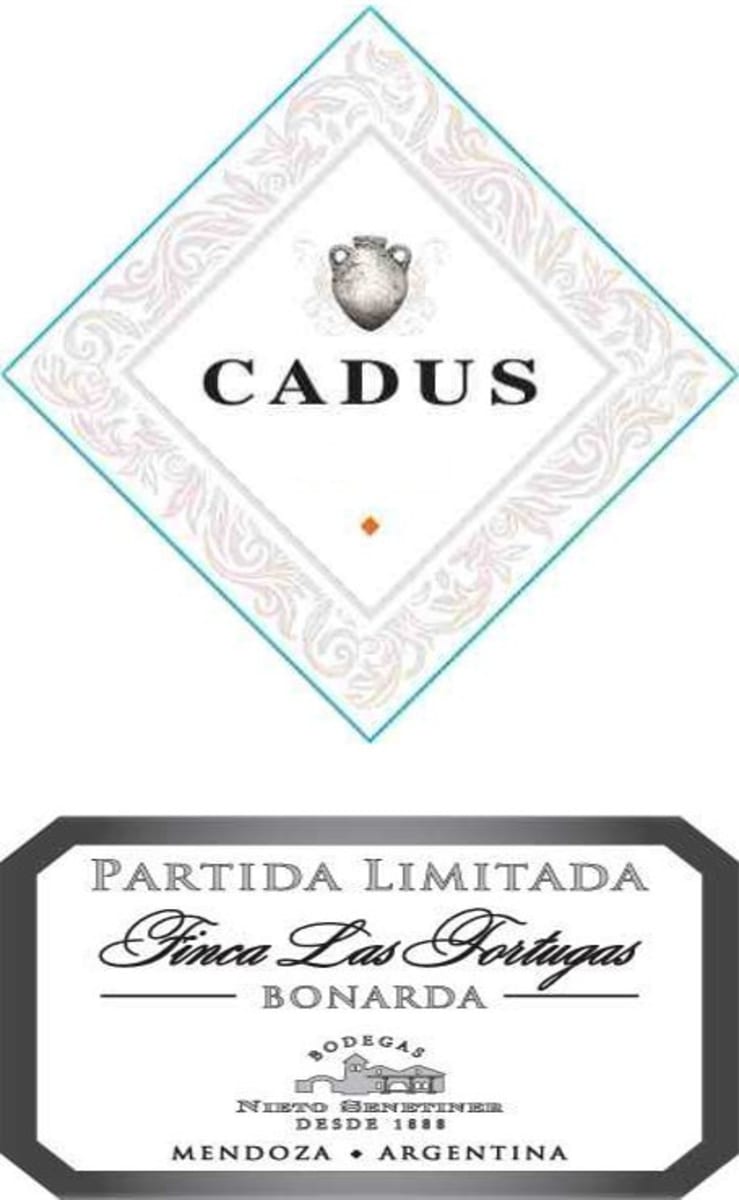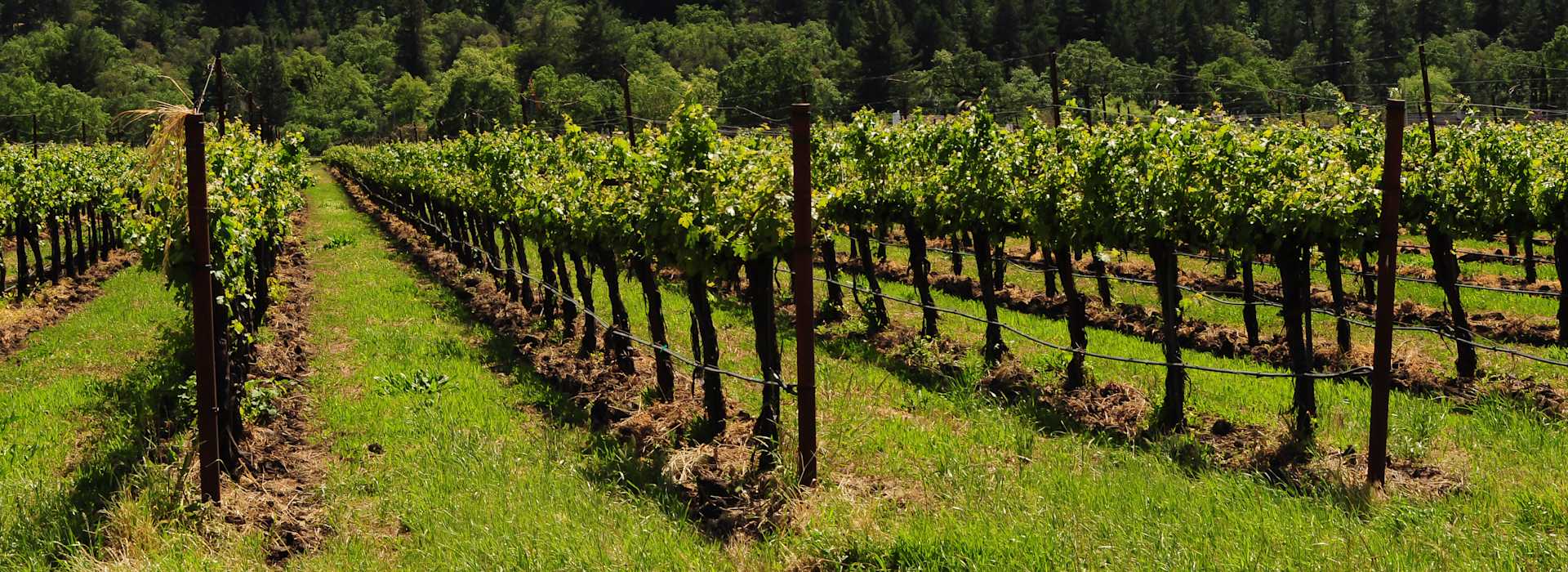Nieto Senetiner Cadus Partida Limitada Bonarda 2011


Product Details
Your Rating
Somm Note
Winemaker Notes

Nieto Senetiner is one of Mendoza’s oldest wineries, founded in 1888 when Italian immigrants planted the first vineyards in Vistalba, a sub-region in Mendoza’s primera zona Luján de Cuyo. Since then, Nieto has produced exceptional wines from classic Argentine varietals that thrive in the unique, high altitude terroir of the Andean foothills.
Sourcing fruit from its three long-standing estate vineyards in Luján de Cuyo (Vistalba, Agrelo, and Alto Agrelo) and premier sites in the Uco Valley, today Nieto produces some of Argentina’s most consistently awarded Malbecs.
Nieto’s signature Malbec showcases fruit exclusively from Luján de Cuyo vineyards. Its Don Nicanor wines are produced at the historic winery in Vistalba using fruit selected from sites in Luján de Cuyo and the Uco Valley to create a more elegant and intense Malbec style.
In addition to its rich heritage, Nieto is investing in the future with sustainable winemaking practices, and under the guidance of a young, innovative winemaking team led by Santiago Mayorga and consultant Paul Hobbs.

Bonarda is a name given to a handful of distinct grape varieties, mainly growing in Italy and in Argentina. In Lombardy’s Oltrepò Pavese and Emilia Romagna’s Colli Piacentini zones, the grape called Bonarda is actually Croatina. In Novara, Bonarda Novarese, often blended with Spanna (Nebbiolo), is actually Uva Rara. DNA profiling shows that most of the Bonarda in Argentina is actually identical to California’s Charbono—and Charbono is actually the Douce Noire grape from Savoie. Somm Secret—Bonarda Piemontese, an aromatic variety, is the only true Bonarda. Before phylloxera, it covered 30% of Piedmontese vineyard acreage.

By far the largest and best-known winemaking province in Argentina, Mendoza is responsible for over 70% of the country’s enological output. Set in the eastern foothills of the Andes Mountains, the climate is dry and continental, presenting relatively few challenges for viticulturists during the growing season. Mendoza, divided into several distinctive sub-regions, including Luján de Cuyo and the Uco Valley, is the source of some of the country’s finest wines.
For many wine lovers, Mendoza is practically synonymous with Malbec. Originally a Bordelaise variety brought to Argentina by the French in the mid-1800s, here it found success and renown that it never knew in its homeland where a finicky climate gives mixed results. Cabernet Sauvignon, Syrah, Merlot and Pinot Noir are all widely planted here as well (and sometimes even blended with each other or Malbec). Mendoza's main white varieties include Chardonnay, Torrontés, Sauvignon Blanc and Sémillon.